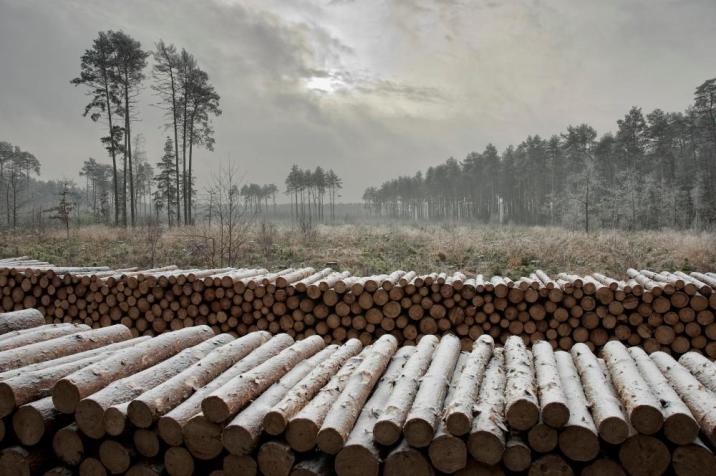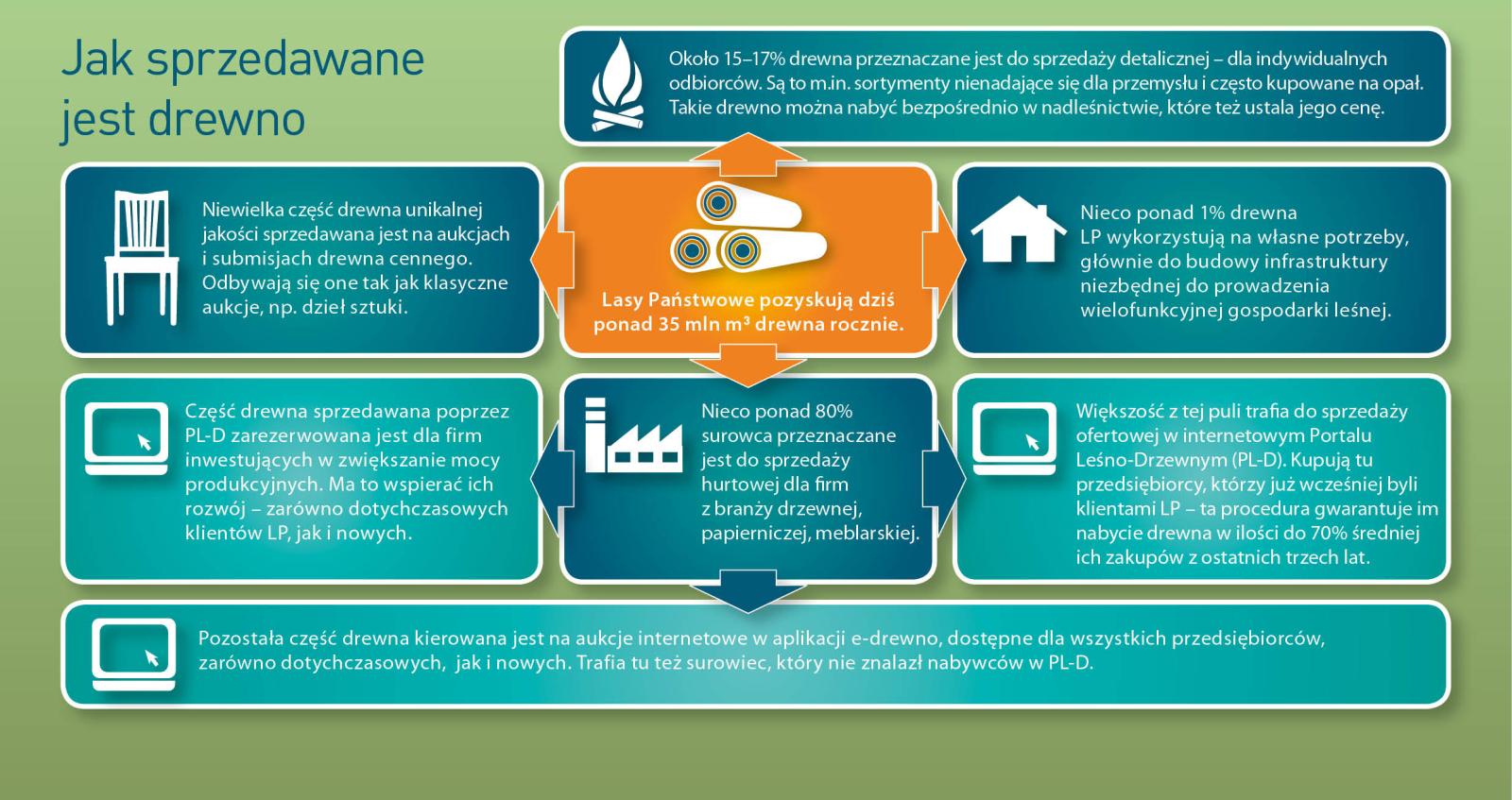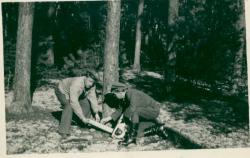 Asset Publisher
Asset Publisher
Sale conditions
Sale conditions of wood are specified by the regulation of Director – General of the Sate Forests.
Within the framework of the individual sale , the foresters try to meet the fast growing demand, because more and more people use wood in order to heat their houses. Contrary to general opinion, these are not only village people, even though they prevail among recipients. The growth of firewood demand is the result of occurrence of new housing estates built in the suburbs of large agglomerations, where houses are usually equipped in fireplace heating installations.
Firewood is not only the most ecological heat source, but also is much more attractive in respect of relation of price and electric efficiency, rather than cola, oil, gas or electric power.
In recent years, the Sate Forests increased the sale of firewood of one third – up to over 4 million cubic meters annually. Firewood is not only the most ecological heat source, but also is much more attractive in respect of relation of price and electric efficiency, rather than cola, oil, gas or electric power. Some of customers choose already prepared and cut into pieces wood, the others very willingly obtain it by themselves after arranging all details and fulfilling particular safety conditions, and after paying the fee; that concerns mainly so called "thinnings". Such a raw material is very cheap, that is why many people from village areas profit from such possibility.
 Asset Publisher
Asset Publisher
 Asset Publisher
Asset Publisher
Rys historyczny
Rys historyczny
Lasy Państwowe mają już 90 lat. Mimo historycznych zakrętów i zmian organizacja funkcjonuje do dziś, łącząc bogatą tradycję z nowoczesnością.
Do roku 1945 lasy wchodzące w skład obecnego Nadleśnictwa Narol stanowiły własność prywatną, należącą do różnej wielkości majątków ziemskich oraz drobnych właścicieli. Na mocy dekretu PKWN z dnia 12.12.1944 r. zostały one upaństwowione. W obszarze obecnego Nadleśnictwa Narol były to lasy kilkunastu prywatnych właścicieli.
W 1945 roku utworzono na tych terenach dwa Nadleśnictwa: Ruda Różaniecka i Horyniec. Po kilku latach (1948 r.) nastąpiła pierwsza reorganizacja i z części obu Nadleśnictw powstało Nadleśnictwo Narol.
Do 1958 r. Nadleśnictwa Narol, Horyniec i Ruda Różaniecka podlegały Rejonowi Lasów Państwowych w Lubaczowie, a po jego likwidacji stały się przedsiębiorstwami państwowymi na pełnym wewnętrznym rozrachunku.
W roku 1973 połączono wszystkie trzy nadleśnictwa w jedno o nazwie Narol z trzema obrębami: Narol, Horyniec i Ruda Różaniecka. W obecnych granicach Nadleśnictwo Narol istnieje od 1984 roku (po przejściu obrębu Horyniec do Nadleśnictwa Lubaczów).












